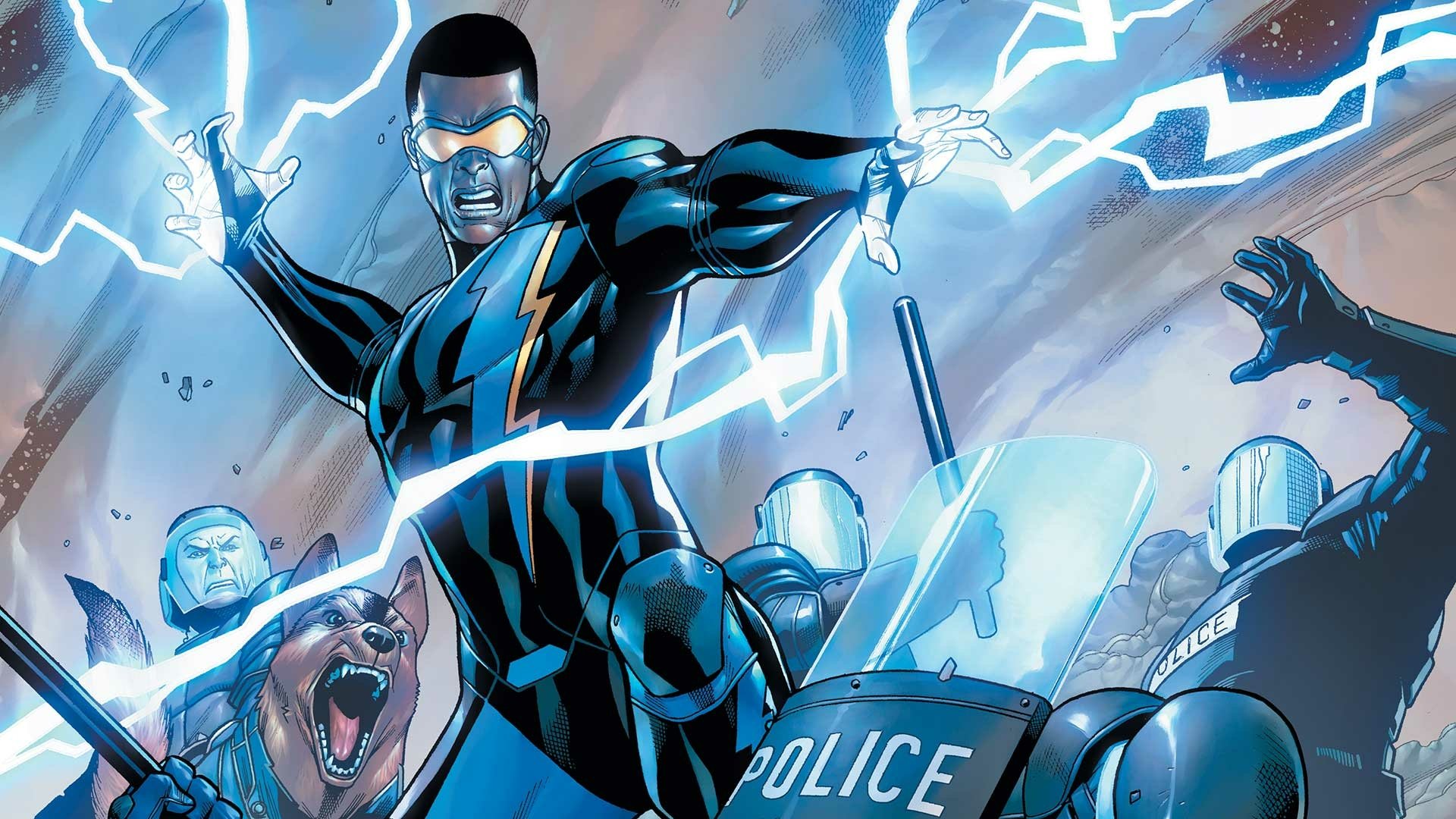

How is it that some storms produce these unusually strong rays? Dwyer speculates that super-fast electrons – perhaps revved up after being struck by cosmic rays that hit Earth's atmosphere from deep space – may be the key. Nuclear explosions and collapsing stars – those are the sorts of extreme events that had been known to spew out gamma rays, not mere thunderstorms. To learn what might trigger the transformation, they began measuring radiation of the lightning that thunderstorms routinely emit and discovered something unexpected: the gamma rays and x-rays of dark lightning. The trouble is, lightning researchers – despite decades of measurements from balloons, aircraft and rockets – have been unable to locate in thunderclouds electric fields sufficiently strong to trigger this insulator-to-conductor transformation. Scientists have known from lab experiments that super-strong electric fields can temporarily convert the air's electrically neutral molecules into a conductive pathway.

The air between the charges normally acts as an insulating layer, which means that no sparks can fly – no lightning – unless something causes that insulation to break down. The updrafts cause these two types of charged particles to separate, with the top of the thundercloud usually becoming positively charged as the lower part becomes negatively charged.

The conditions for lightning occur when powerful updrafts in cumulonimbus clouds force water droplets and ice crystals to rub against one another, creating massive amounts of positive- and negative-charged particles. Worldwide, thunderstorms produce about a billion or so lightning bolts annually. No one knows for sure if anyone has ever been hit by dark lightning.Ībout 25m visible thunderbolts hit the US every year, killing about 30 people and many farm animals, says John Jensenius, a lightning safety specialist with the National Weather Service in Gray, Maine. However, because there's only about one dark lightning occurrence for every thousand visible flashes and because pilots take great pains to avoid thunderstorms, Dwyer says, the risk of injury is quite limited. Inside an aircraft, a passenger would probably not be able to feel or hear much of anything, but the radiation dose could be significant." Right in the middle of, a very brief bluish-purple glow around the plane might be perceptible. The only way to determine whether an aeroplane had been struck by dark lightning, Dwyer says, "would be to use a radiation detector.

But according to Dwyer's calculations, they might receive in an instant the maximum safe lifetime dose of ionising radiation – the kind that wreaks the most havoc on the human body. Unlike with regular lightning, though, people struck by dark lightning, most likely while flying in an aeroplane, would not get hurt. The radiation in these invisible blasts can carry a million times as much energy as the radiation in visible lightning, but that energy dissipates quickly in all directions rather than remaining in a stiletto-like lightning bolt.ĭark lightning appears sometimes to compete with normal lightning as a way for thunderstorms to vent the electrical energy that gets pent up inside their roiling interiors, Dwyer says. Unknown to Franklin but now clear to a growing roster of lightning researchers and astronomers is that along with bright thunderbolts, thunderstorms unleash sprays of x-rays and even intense bursts of gamma rays, a form of radiation normally associated with such cosmic spectacles as collapsing stars.


 0 kommentar(er)
0 kommentar(er)
